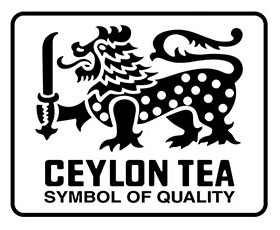Although the first tea crop was planted in the Royal Botanical Gardens in Kandy in 1824, until the Scottish James Taylor began growing tea in his Loolecondera Estate in 1867, Ceylon tea hadn’t become commercial. What began on a plot of 19 acres in his estate would later result in becoming one of the dominant cash crops of Sri Lanka.
Today tea accounts for about an average of 2% of the GDP of Sri Lanka and brings home around US$ 1300 million in export value. Tea is a significant player in the country’s economy, and as such, besides earning foreign exchange for the country, has also been supporting the livelihood of over one million employees, both directly and indirectly. Currently, Sri Lanka is the world’s fourth largest producer of tea.
The mark of Ceylon Tea is the Lion logo which symbolizes 100% Pure Ceylon Tea packed in Sri Lanka.
The Thurson brand of teas is proud to bear this stamp of the Lion and conforms to the quality standards set out by the Sri Lanka Tea Board.
